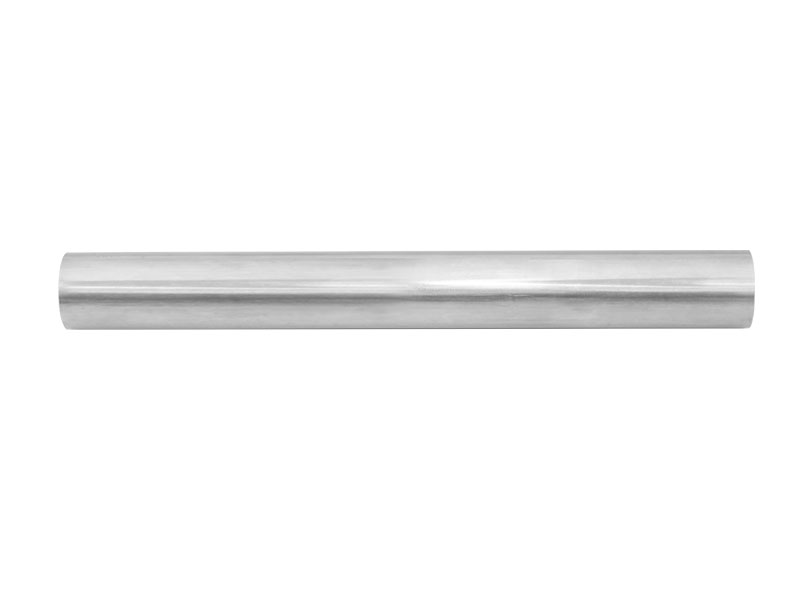Abstract:Stainless steel pipes are commonly used in various industries due to their excellent corrosion resistance, strength, and durability. The different gra
Stainless steel pipes are commonly used in various industries due to their excellent corrosion resistance, strength, and durability. The different grades of stainless steel pipes are categorized based on their chemical composition and physical properties. The most common grades of stainless steel pipes and their applications are:
Grade 304: This is the most widely used stainless steel grade. It has excellent corrosion resistance, good weldability, and is easy to clean, making it ideal for applications in the food, beverage, and pharmaceutical industries. It is also used in the construction of kitchen sinks, exhaust systems, and piping systems.
Grade 316: This grade has superior corrosion resistance compared to grade 304 and is often used in more aggressive environments such as marine applications, chemical processing plants, and medical equipment. It also has good strength and heat resistance, making it ideal for high-temperature applications.

Grade 321: This grade contains titanium, which stabilizes the material and prevents it from being affected by intergranular corrosion. It is often used in applications where the temperature range is between 800°F to 1500°F, such as furnace parts, heat exchangers, and exhaust systems.
Grade 409: This grade is used mainly for automotive exhaust systems due to its good heat resistance and corrosion resistance. It is also used in the manufacturing of catalytic converters, mufflers, and exhaust pipes.
Grade 430: This grade is a low-cost alternative to grade 304 and is often used in applications where high corrosion resistance is not required, such as in the construction of household appliances, automotive trim, and architectural applications.
It is important to choose the right grade of stainless steel pipe for your application to ensure optimal performance and longevity.
